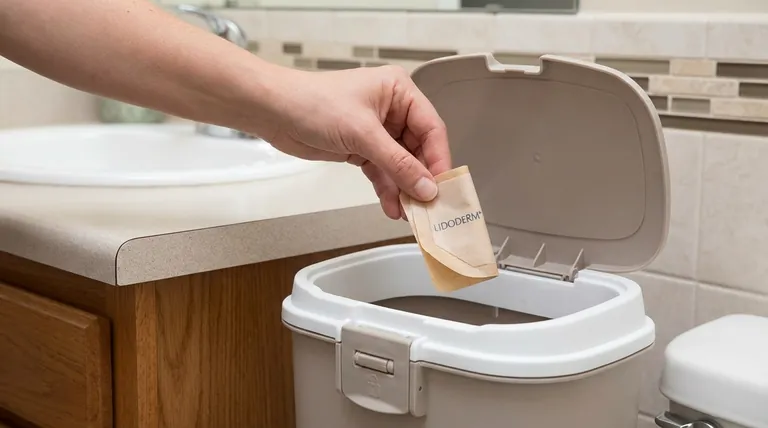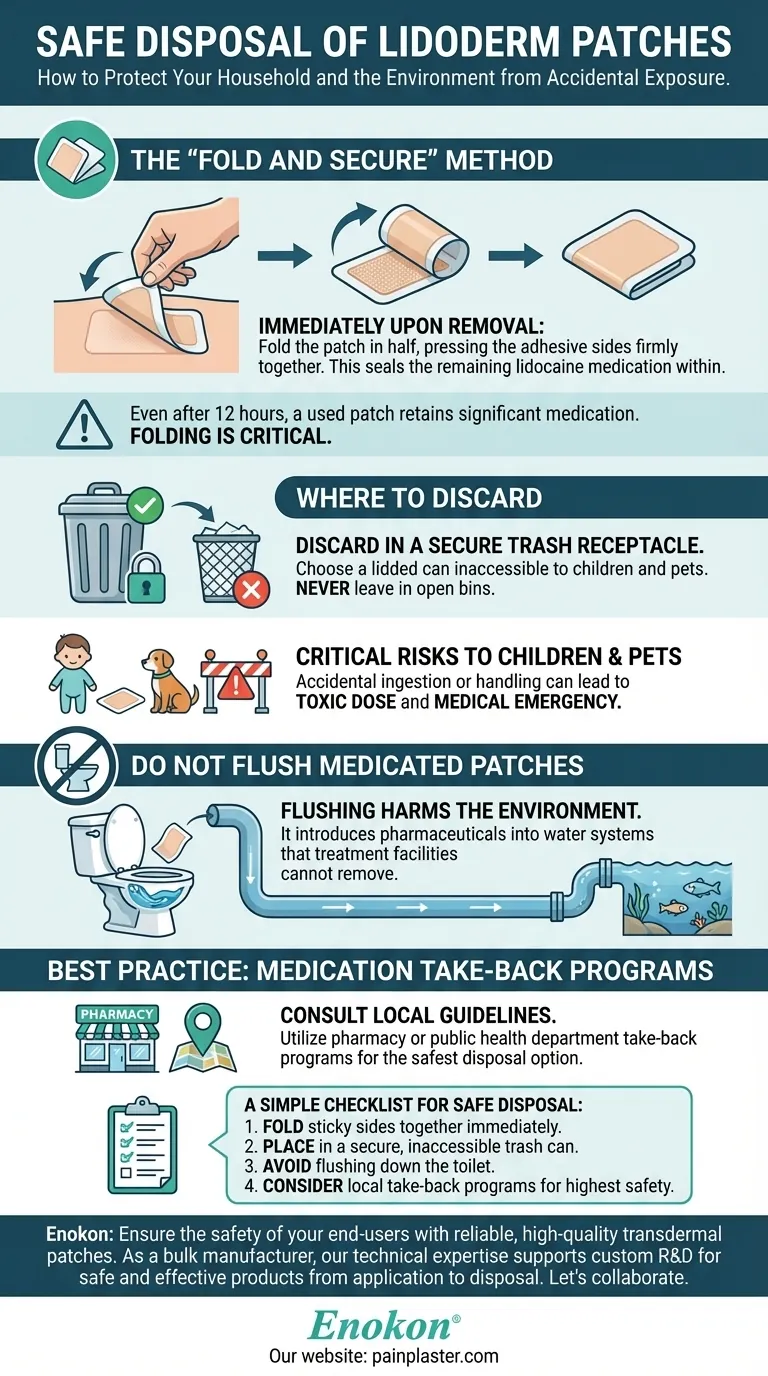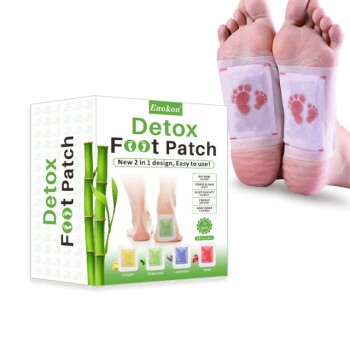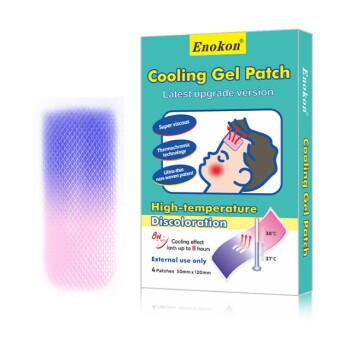To properly dispose of a used Lidoderm patch, you must fold it in half with the sticky side facing inward and immediately discard it in a trash receptacle that is inaccessible to children and pets. This simple step is critical for preventing accidental exposure.
Even after a full 12 hours of use, a Lidoderm patch contains a significant amount of its active ingredient, lidocaine. The primary goal of proper disposal is to contain this remaining medication and prevent accidental poisoning of children or pets.

The Principle of Safe Disposal: Containing Active Medication
Why Used Patches Are Still Dangerous
A used medicated patch is not inert trash. It can retain a substantial portion of its original medication long after it has been removed from the skin.
This remaining drug can be readily absorbed if another person or animal chews on, ingests, or even handles the patch extensively.
The "Fold and Secure" Method
The universally recommended method for patch disposal is simple and effective.
Immediately upon removal, take the patch and fold it in half so that the adhesive, medicated side sticks firmly to itself. This effectively seals the remaining lidocaine within the patch.
Where to Discard the Patch
After folding, the patch should be placed in a trash can, preferably one with a secure lid.
The key is to ensure the final location is one that children and pets cannot reach. Do not leave a used patch on a nightstand, counter, or in an open wastebasket.
Understanding the Risks and Best Practices
The Critical Danger to Children and Pets
Accidental exposure is the single most important risk to mitigate.
A small child or pet finding a used patch could be severely harmed. Ingesting or even sucking on a patch can deliver a toxic dose of lidocaine, potentially leading to a serious medical emergency.
Never Flush Medicated Patches
You should never flush a Lidoderm patch or any other medicated patch down the toilet.
Flushing introduces potent pharmaceutical compounds into the water system, which wastewater treatment facilities are not designed to remove. This poses a risk to the environment.
Consulting Local Disposal Guidelines
While the "fold and discard" method is the standard for at-home disposal, some communities offer superior options.
Check with your local pharmacy or public health department about medication take-back programs. These programs are the safest way to dispose of any unused, expired, or potent medications, including patches.
A Simple Checklist for Safe Disposal
Follow these steps every time you remove a Lidoderm patch to ensure safety.
- Immediately after removal: Fold the used patch in half, pressing the sticky sides firmly together to seal in the remaining medication.
- For routine disposal: Place the folded patch directly into a secured trash can that cannot be accessed by children or pets.
- For the highest level of safety: Inquire about local medication take-back programs at your pharmacy or through your community for the disposal of all medications.
Following this simple procedure protects your household and prevents the serious risks of accidental medication exposure.
Summary Table:
| Disposal Step | Key Action | Why It's Important |
|---|---|---|
| Step 1: Fold | Fold patch in half, sticky sides together. | Seals the remaining active medication (lidocaine) inside. |
| Step 2: Discard | Place in a secure, lidded trash can. | Prevents access by children and pets. |
| Step 3: Avoid Flushing | Never flush patches down the toilet. | Protects the environment from pharmaceutical contamination. |
| Best Practice | Use a local medication take-back program. | Ensures the highest level of safety for disposal. |
Ensure the safety of your end-users with reliable, high-quality transdermal patches. As Enokon, a bulk manufacturer of trusted transdermal patches and pain plasters for healthcare and pharmaceutical distributors, we provide more than just products. Our technical expertise supports custom R&D and development to meet your specific needs, ensuring every patch is effective and safe from application to disposal. Let's collaborate to create a safer product experience. Contact our experts today to discuss your requirements.
Visual Guide

Related Products
- Herbal Eye Protection Patch Eye Patch
- Lidocaine Hydrogel Pain Relief Patch for Pain Relief
- Capsaicin Chili Medicated Pain Relief Patches
- Far Infrared Deep Heat Relief Patches Medicated Pain Relief Patches
- Far Infrared Heat Pain Relief Patches Transdermal Patches
People Also Ask
- How can using eye patches contribute to a self-care skincare routine? Boost Hydration & Relaxation
- How do eye patches enhance the effectiveness of eye creams? Boost Your Eye Care Routine
- What are the main benefits of using eye patches in a skincare routine? Revitalize Your Under-Eye Area
- Should under eye patches be applied before or after moisturizer? Optimize Your Skincare Routine
- When should a doctor be consulted regarding the use of this patch? Key Safety Guidelines

















